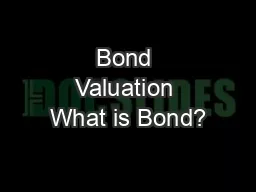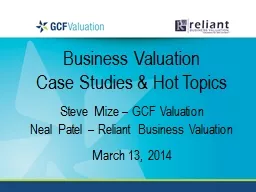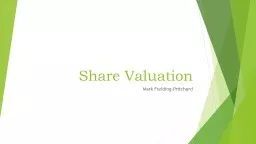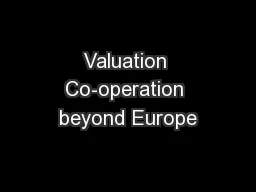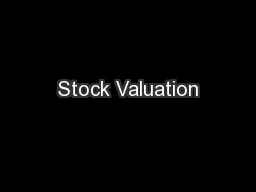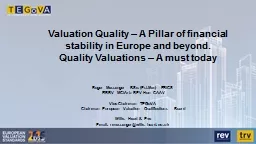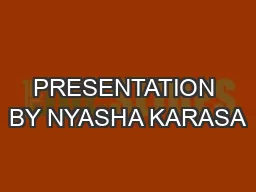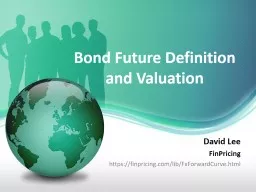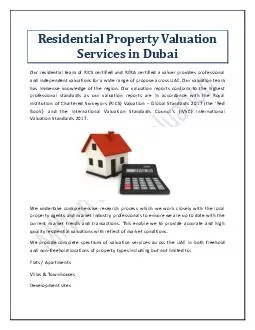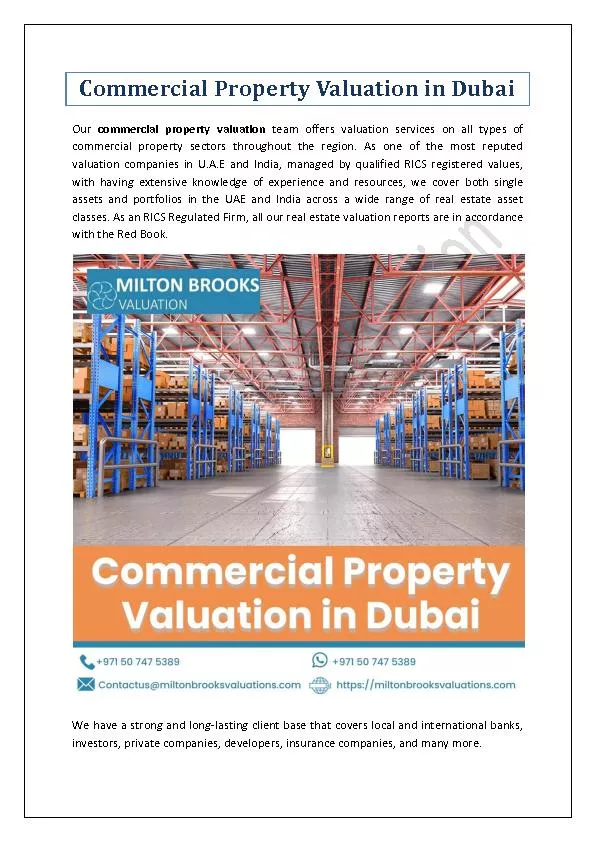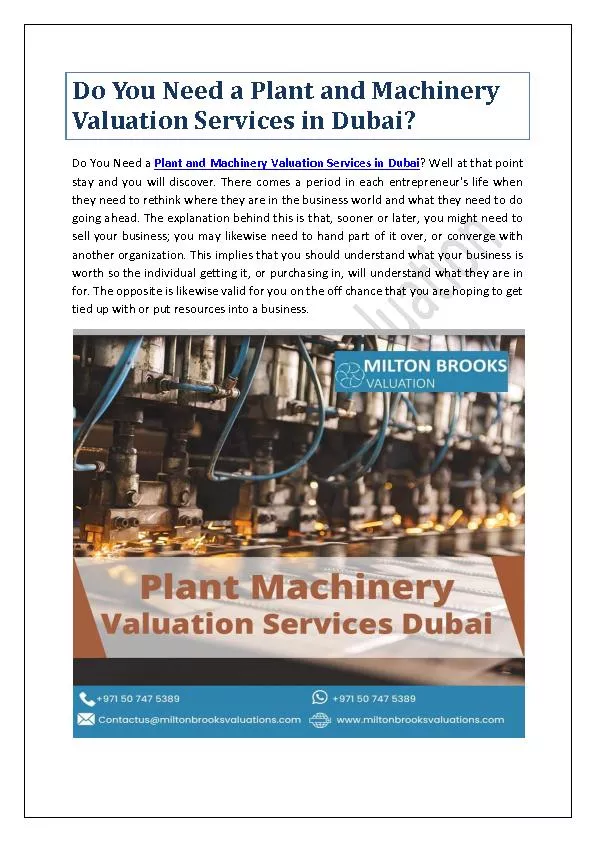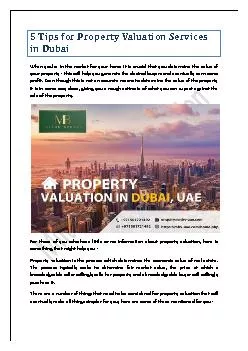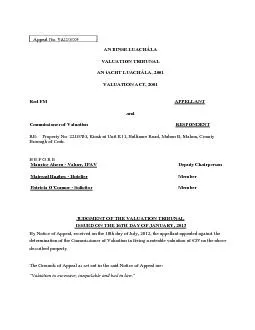PPT-Bond Valuation What is Bond?
Author : lindy-dunigan | Published Date : 2018-12-14
When a corporation or government wishes to borrow money from public it usually does so by issuing or selling bonds When investors buy a bond they lend money to the
Presentation Embed Code
Download Presentation
Download Presentation The PPT/PDF document "Bond Valuation What is Bond?" is the property of its rightful owner. Permission is granted to download and print the materials on this website for personal, non-commercial use only, and to display it on your personal computer provided you do not modify the materials and that you retain all copyright notices contained in the materials. By downloading content from our website, you accept the terms of this agreement.
Bond Valuation What is Bond?: Transcript
Download Rules Of Document
"Bond Valuation What is Bond?"The content belongs to its owner. You may download and print it for personal use, without modification, and keep all copyright notices. By downloading, you agree to these terms.
Related Documents

